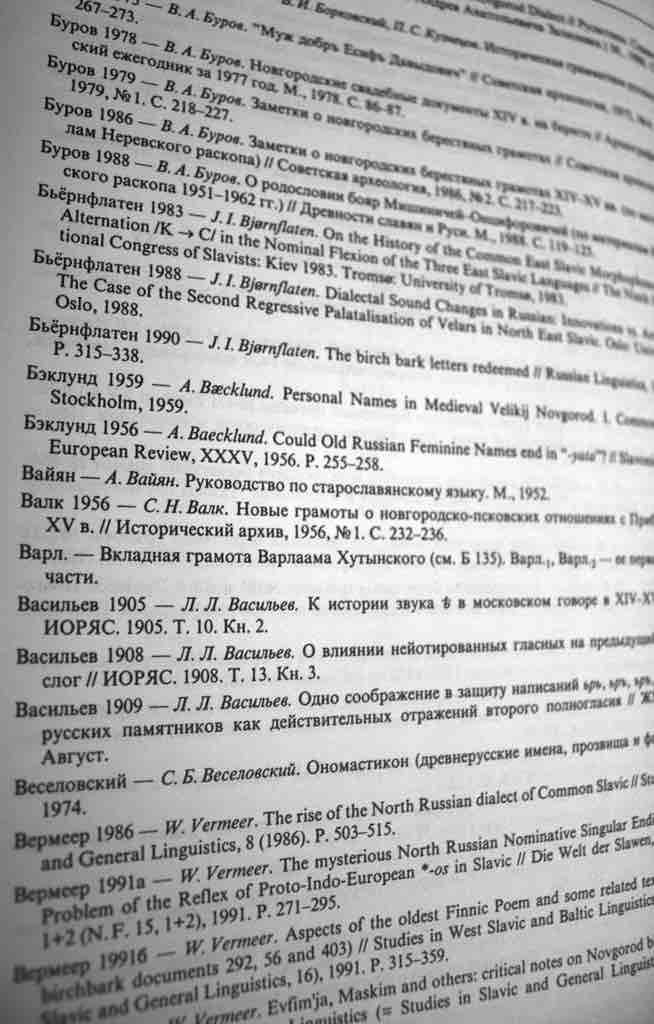The Purpose of the Annotated Bibliography
An annotated bibliography is a list of all the sources you have researched, including both their full bibliographic citations and some notes on how you might want to use each resource in your work.
Annotated bibliographies are useful for several reasons. If you keep one while you research, the annotated bibliography will function as a useful guide. It will be easier for you to revisit sources later because you will already have notes explaining how you want to use each source. If you find an annotated bibliography attached to one of the sources you are using, you can look at it to find other possible resources.

Understand your notes
Annotated bibliographies include notes that explain what you found useful in each source, making it easier for you to refer back to appropriate sources later.
Constructing Your Citations
The first part of each entry in an annotated bibliography is the source's full citation. A description of common citation practices can be found in the section entitled "Citing Sources Fully, Accurately, and Appropriately," and detailed instructions can be found in the style manual for whatever format your professor wants you to use.
What to Include in Each Annotation
A good annotation has three parts, in addition to the complete bibliographic information for the source:
- a brief summary of the source
- a critique and evaluation of credibility, and
- an explanation of how you will use the source in your essay
Start by stating the main idea of the source. If you have space, note the specific information that you want to use from the source, such as quotations, chapters, or page numbers. Then explain if the source is credible, and note any potential bias you observe. Finally, explain how that information is useful to your own work.
You may also consider including:should also include some or all of the following:
- An explanation about the authority and/or qualifications of the author
- The scope or main purpose of the work
- Any detectable bias or interpretive stance
- The intended audience and level of reading
Example Annotation
Source: Farley, John. "The Spontaneous-Generation Controversy (1700–1860): The Origin of Parasitic Worms." Journal of the History of Biology, 5 (Spring 1972), 95–125.
- Notes: This essay discusses the conversation about spontaneous generation that was taking place around the time that Frankenstein was written. In addition, it introduces a distinction between abiogenesis and heterogenesis. The author argues that the accounts of spontaneous generation from this time period were often based on incorrect assumptions: that the discussion was focused primarily on micro-organisms, and that spontaneous-generation theories were disproved by experiments. The author takes a scientific approach to evaluating theories of spontaneous generation, and the presentation of his argument is supported with sources. It is a reliable and credible source. The essay will be helpful in forming a picture of the early 19th-century conversation about how life is formed, as well as explaining the critical perception of spontaneous-generation theories during the 19th century.